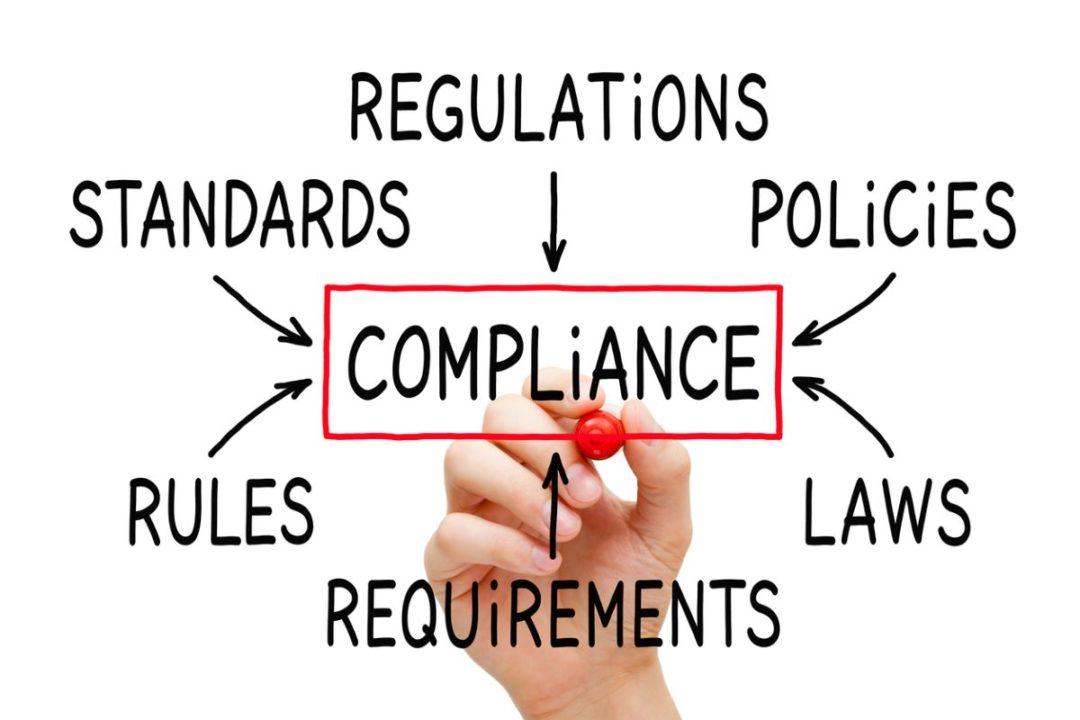
Visit Our Sponsors |
|
|
|
|
|
|
|
|
|
|
|
|
|
|
|
|
|
|
|
|
|
|
|
|
|
|
|
|
|
|
|
|
|
|
|
|
|
|

Photo: iStock.com/IvelinRadkov
 Analyst Insight: Climate litigation against companies for alleged climate-related violations by their supply chain partners is increasing, prompting businesses to manage risks by building climate awareness, integrating climate risk into management, engaging suppliers, creating a litigation response plan, and prioritizing transparency while preparing for regulatory interventions.
Analyst Insight: Climate litigation against companies for alleged climate-related violations by their supply chain partners is increasing, prompting businesses to manage risks by building climate awareness, integrating climate risk into management, engaging suppliers, creating a litigation response plan, and prioritizing transparency while preparing for regulatory interventions.
Climate litigation is on the rise globally. This includes individual and class-action lawsuits against companies for alleged climate-related violations by their supply chain partners, such as failure to address or disclose carbon emissions, and engaging in illegal deforestation. Litigation against giants like the Casino Group and Danone, imputing liability for acts or omissions both upstream and downstream in their supply chains, should be a wake-up call for companies to dive deep into their climate impacts across the full value chain.
Climate change litigation can be a big drain on resources, and cause companies financial and reputational harm. Managing climate litigation risks in the supply chain requires a proactive approach to environmental risk management. Here are five key strategies for businesses to manage climate litigation risks in their supply chain.
In addition to these five key steps, businesses should also prioritize transparency and disclosure. Reporting emissions from supply chain partners is expected to become mandatory in the near future. In April 2022, the European Financial Reporting Advisory Group (EFRAG) and the U.S. Securities and Exchange Commission (SEC) proposed rules where publicly traded companies would be required to disclose their scope 3 emissions.
So, What Next?
Businesses need to prepare for regulatory interventions that stipulate climate action specifically aligned with the 1.5°C target set by the Paris climate agreement. For example, in the EU, the proposed Corporate Sustainability Due Diligence (CSDD) directive requires companies with more than 500 employees and a global net turnover of more than €150 million to adopt business models and strategies that are designed to meet the 1.5°C target. Similar requirements are also interwoven in the EU Taxonomy, Corporate Sustainability Reporting Directive (CSRD) proposal, and the climate change working paper for the European Sustainability Reporting Standards. It is likely that other jurisdictions will follow suit with similar requirements that oblige companies to align their climate strategy with the 1.5°C target.
RELATED CONTENT
RELATED VIDEOS
Timely, incisive articles delivered directly to your inbox.

